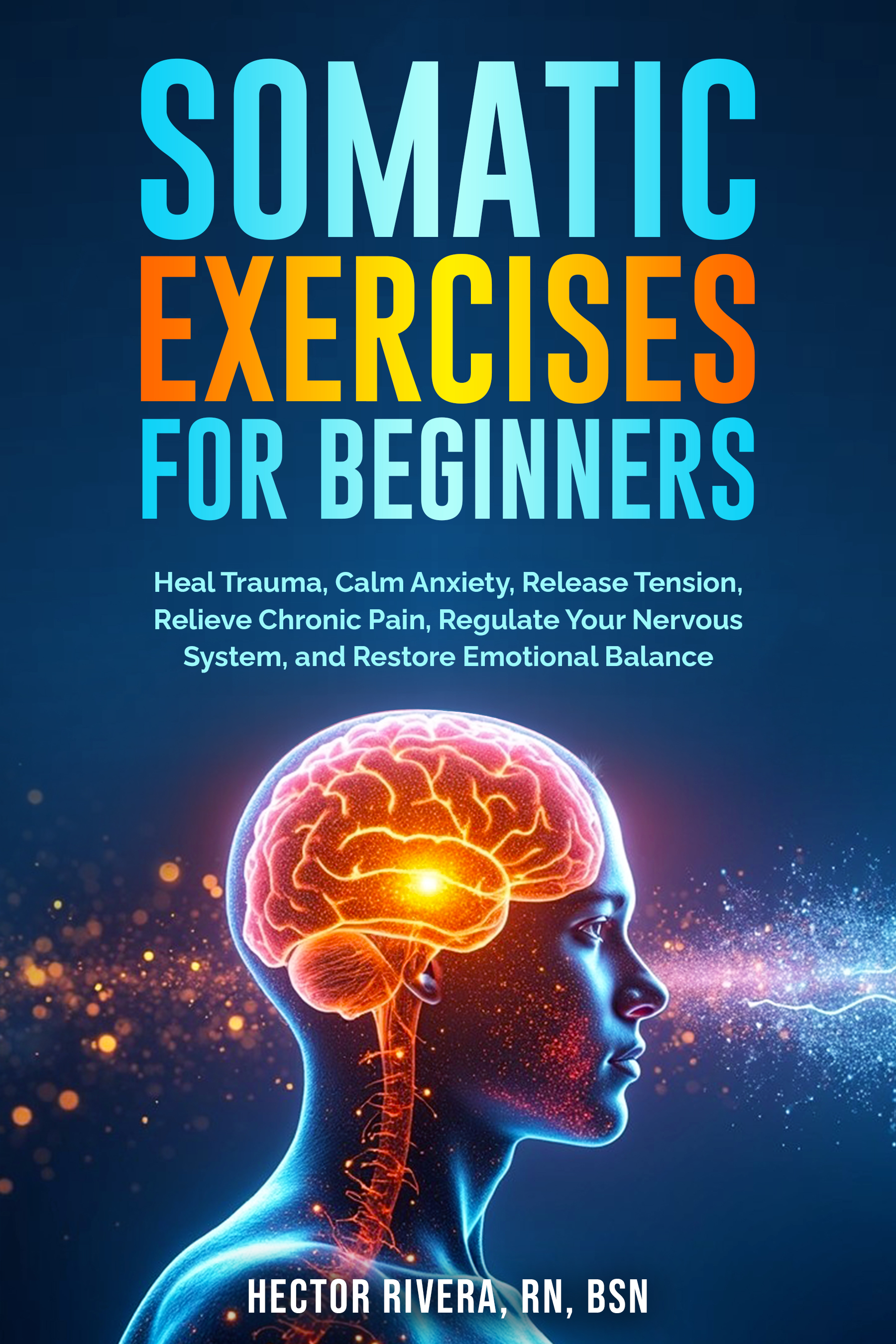Somatic vs Autonomic Nervous System

Somatic vs Autonomic Nervous System Explained Clearly
Somatic vs Autonomic Nervous System: When it comes to how the body communicates, two systems stand out: the somatic and autonomic branches. At first glance, they sound similar, but their roles in everyday life couldn’t be more different. Understanding the difference between the somatic and autonomic nervous systems provides a clearer picture of how your body balances both conscious control and automatic regulation.
The Nervous System at a Glance
The nervous system functions as the body’s command-and-response network, enabling the brain and spinal cord to communicate with and direct everything they control. The nervous system divides into two main sections. One is the central nervous system, which is composed of the brain and spinal cord. The other is the peripheral nervous system, which extends outward and carries messages between the central nervous system and the rest of the body. The peripheral system then splits into the somatic and autonomic branches, each with distinct roles.
One lets you choose when to act, while the other keeps your vital processes running without your awareness. Both are essential for survival, and together they form a partnership that allows you to live, adapt, and function.
What the Somatic Nervous System Does
The somatic nervous system governs voluntary movement and sensory awareness. Every time you reach for your phone, take a step, or feel the texture of fabric, this system is at work.
It has two main jobs:
- Carrying sensory information like touch, temperature, pain, and body position to the brain.
- Relaying commands from the brain back to the muscles, allowing you to move intentionally.
This system gives you conscious control. You can decide when to act, when to hold back, and how to respond. It’s what turns thought into action.
What the Autonomic Nervous System Does
The autonomic nervous system operates in the background, managing processes that keep you alive without requiring conscious attention. It regulates your heart rate, digestion, blood pressure, and breathing rhythms.
It has two key divisions:
- The sympathetic branch, which prepares you for action by increasing heart rate, mobilizing energy, and sharpening alertness.
- The parasympathetic branch, which slows the heart, stimulates digestion, and promotes rest and recovery.
These two branches create a natural balance, shifting depending on whether your body needs to face a challenge or conserve energy.

Voluntary vs Involuntary: Comparing Nervous System Roles
The somatic nervous system gives you voluntary control, handling sensory input and movement, like walking, writing, or speaking. It allows you to decide when to move and how to respond, making it the link between thought and action. The autonomic nervous system, on the other hand, regulates vital functions that happen without your awareness, such as breathing, heart rate, and digestion. It also adjusts automatically to your environment, speeding up when you face stress and slowing down when you rest. While one system responds directly to your choices, the other quietly manages the essential processes that keep you alive, maintaining balance so you can adapt and function throughout the day.
Why This Distinction Matters
Understanding the difference between the somatic and autonomic systems provides a more compassionate perspective on your body. When your heart races before a big event, that isn’t weakness—it’s your autonomic system doing its job. When you stretch to relieve tension, you’re engaging your somatic system to send calming signals back to the body.
Recognizing this interplay means you can utilize voluntary actions, such as breathing exercises or gentle movement, to influence automatic responses. It’s one way of working with your body, rather than against it.
Everyday Situations
Think about what occurs when you stub your toe. Sensory nerves carry pain signals instantly to your brain, and motor nerves trigger you to jump or pull away—that’s the somatic system. At the same time, your heart may skip a beat or your stomach may tighten—that’s the autonomic system stepping in.
Or think about exercise. You decide to start running, which engages the somatic system. In contrast, your autonomic system automatically increases heart rate and breathing to deliver more oxygen. Both systems operate seamlessly together, each doing its part.
Bringing It All Together
Learning about the somatic vs autonomic nervous system reveals just how coordinated your body is. One system lets you act with intention, while the other quietly sustains life without needing your input. The two systems work together, allowing you to act with purpose. At the same time, your body continues to protect and maintain you in the background.
If you’d like to take a closer look at one side of this equation, visit What Is the Somatic System? That page explores the somatic branch in more detail, including how it works, why it matters, and how it connects to your everyday experiences.
Sources
- Bear, M. F., Connors, B. W., & Paradiso, M. A. Neuroscience: Exploring the Brain (4th ed.). Wolters Kluwer.
- National Institute of Neurological Disorders and Stroke. NINDS Nervous System Information
- Marieb, E. N., & Hoehn, K. Human Anatomy & Physiology (11th ed.). Pearson.
Medical Disclaimer: The information on this website is for educational purposes only and is not a substitute for professional medical advice, diagnosis, or treatment. Always consult a qualified healthcare provider with any questions you may have about your health or a medical condition. Never ignore professional medical advice or delay seeking it because of something you have read here.

